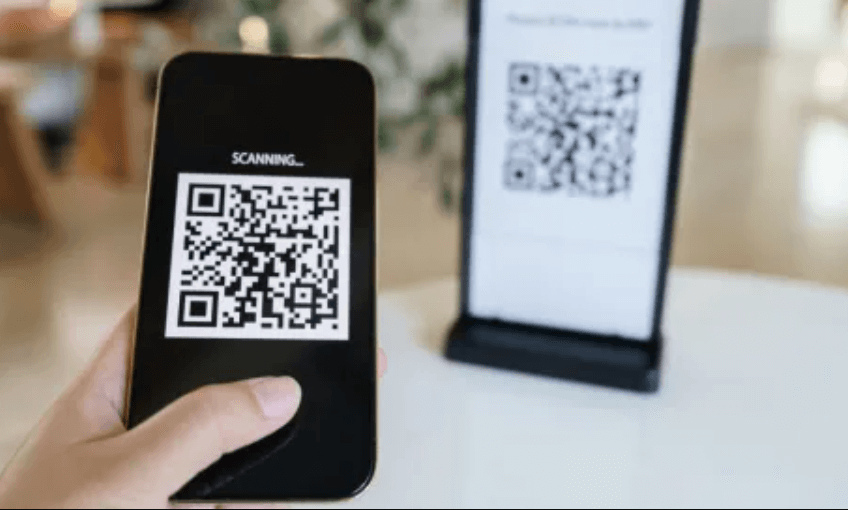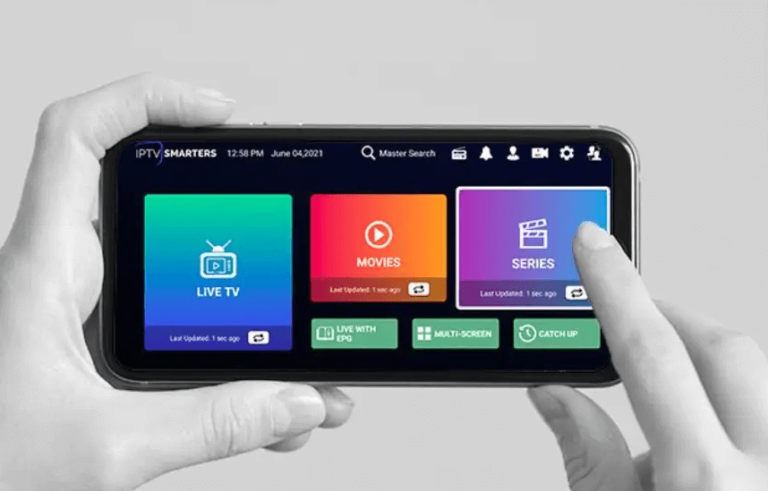Why QR Codes Are Everywhere—and How to Use Them
Walk into a store, browse a product package, look at a poster, or even sit at a restaurant table—there’s a good chance you’ll spot a black-and-white square pattern. That’s a QR code. Short for “Quick Response” code, this once-niche technology has become a universal symbol of fast and easy access to digital content. QR codes are now used globally across industries including retail, education, marketing, transportation, and more.
But why are QR codes everywhere? And how exactly do you use them? This guide breaks down the growing popularity of QR codes, the ways they’re being used, and a simple step-by-step on how to scan and create them.
What Is a QR Code?
A QR code is a two-dimensional barcode that holds information in a square-shaped grid of black and white blocks. Unlike traditional barcodes that can only be read in one direction and store limited data (like a product number), QR codes can be scanned from any direction and hold much more information. This includes website URLs, text, phone numbers, emails, or even payment instructions.
The QR code was originally invented in 1994 by a Japanese engineer to track components in automobile manufacturing. Since then, it has evolved into a versatile and powerful tool for sharing data instantly.
See also: Data-Driven Decision-Making: How Tech Helps
Why Are QR Codes Everywhere?
1. Ease of Use
QR codes are incredibly simple to use. All you need is a smartphone with a camera. Most modern phones have built-in QR code scanning functionality in their default camera apps, which means no extra downloads or tools are necessary for users to interact with them.
2. Speed and Convenience
Scanning a QR code takes just seconds and eliminates the need to type long web addresses, search for contact information, or manually enter data. This makes them a practical choice for both businesses and consumers.
3. Cost-Effective and Easy to Create
Creating a QR code is inexpensive—or even free. There are many tools that allow users to generate QR codes for a variety of purposes such as linking to a website, sharing a phone number, or connecting to Wi-Fi. These codes can be printed on flyers, signs, packaging, labels, or digital displays without any additional hardware.
4. Versatility
QR codes can be used across industries and for many purposes. Whether it’s a product label, a billboard, or a business card, QR codes can connect physical spaces to digital destinations quickly and efficiently.
5. Trackable and Updatable (With Dynamic Codes)
Some QR codes—called dynamic QR codes—allow the creator to change the destination or content even after printing. This makes them extremely useful for marketing campaigns, where links might need to be updated later or engagement analytics tracked.
Common Uses of QR Codes
QR codes are being used in more ways than ever before. Here are some of the most popular applications:
1. Marketing and Promotions
Marketers use QR codes on posters, flyers, brochures, and packaging to lead consumers to landing pages, special offers, product videos, or app download links. This bridges the gap between offline advertising and online engagement.
2. Retail and Product Information
Retailers often include QR codes on packaging to offer detailed product specifications, usage instructions, customer reviews, or warranty registration pages. This reduces the need for printed manuals or cluttered packaging.
3. Event Management
Concerts, sports games, and conferences use QR-coded tickets for quick and contactless entry. QR codes can also store seating information, schedules, or venue maps.
4. Education
Teachers and schools use QR codes to link to homework assignments, quiz portals, instructional videos, or class materials. They provide an interactive learning experience while keeping things organized.
5. Payments
QR codes are now widely used for digital payments. Users can scan a code to send money, make purchases, or receive payment confirmations, making transactions faster and reducing the need for physical cards or cash.
6. Networking
QR codes on business cards or digital profiles can instantly share contact details, website links, or portfolio pages. This saves time and ensures accuracy when exchanging professional information.
Types of QR Codes
There are two main types of QR codes:
1. Static QR Codes
These codes are permanent once created. The data they hold—such as a URL or phone number—cannot be changed. Static QR codes are ideal for one-time campaigns, personal use, or fixed data.
2. Dynamic QR Codes
These allow the content behind the code to be changed at any time without altering the QR code image itself. Dynamic codes also offer analytics such as the number of scans, locations, and devices used. This makes them ideal for marketing, event tracking, or campaigns that need flexibility.
How to Scan a QR Code
Scanning a QR code is quick and easy:
- Open your smartphone’s camera app.
- Point it at the QR code, ensuring the code is centered on your screen.
- Wait for a notification or link to appear on the screen.
- Tap the link to be taken to the associated content.
If your phone doesn’t automatically scan QR codes through the camera, you can use a QR code reader app available from your device’s app store.
How to Create a QR Code
Creating a QR code can be done in a few simple steps:
- Decide the content you want to share. This could be a website link, phone number, email, or text.
- Use an online QR code generator. These tools allow you to choose the type of content and enter the necessary information.
- Customize the QR code design. Some platforms let you change the color, add a logo, or choose a shape—just ensure it remains scannable.
- Generate the code and download it. You can save it in different formats (like PNG or SVG) depending on where you plan to use it.
- Test the code before using it publicly. Make sure it works with different phones and camera apps.
Best Practices When Using QR Codes
To ensure your QR codes are effective and user-friendly, consider the following tips:
- Make the code large enough to be easily scanned. A minimum size of 2 x 2 cm is recommended for close-range use.
- Use high contrast colors. Black on white is best, but any dark color on a light background works well.
- Avoid overly complex designs. Simpler codes are easier to scan.
- Provide context or a call-to-action. Tell users what they’ll get by scanning the code (e.g., “Scan to view product video”).
- Test the code across multiple devices. Make sure it works for both Android and iOS users.
Are There Any Risks?
While QR codes are convenient, they can sometimes be used maliciously. For example, scammers may create fake QR codes that lead to phishing websites or malware downloads. To stay safe:
- Only scan codes from trusted sources.
- Preview the URL before clicking.
- Don’t enter personal or financial information unless the destination is secure and familiar.
Conclusion
QR codes have become a seamless part of modern life, connecting the physical and digital worlds in a simple scan. Whether you’re a business owner looking to engage customers, a student accessing learning materials, or a shopper checking product details, QR codes offer a fast, practical solution.
By understanding how they work and using them responsibly, you can take full advantage of this smart technology that’s now virtually everywhere.






